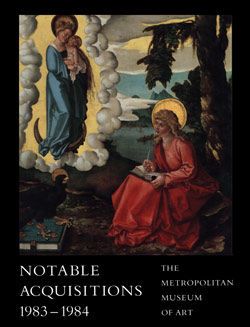Violoncello
Attributed to François-Louis Pique French
Pique’s work embraces a particularly interesting period in the design and performance practice of violin-family instruments. Models shifted from the instruments of Stainer and Amati to those of Stradivari—popularized by the virtuoso Jean-Baptiste Viotti and the growing preference for brighter and louder-sounding instruments. The relatively flat arching of this cello reflects these changes.
François Pique was born near Paris in the town of Roissy Ile de France. It is unknown where he received his training as a violin maker, but by 1787 he had his own workshop in Paris. In the 1790s, Nicolas Lupot of Orleans made violins for Lupot to sell. By 1796, Lupot had moved to Paris and the two men continued to trade ideas about violin making. The instruments of the two makers show many similarities. Pique retired from violin making in 1818 and died in 1822.
Description: Back in two pieces of quarter-sawn, wide-flame maple; similar sides; front in two pieces of medium grain spruce narrowing toward the edges; orange-brown varnish crackled in small areas toward the edges; modern neck and fittings, original scroll grafted on.
#Prelude in C Major by J. S. Bach, performed by Mihai Marica, 2012.
Due to rights restrictions, this image cannot be enlarged, viewed at full screen, or downloaded.


